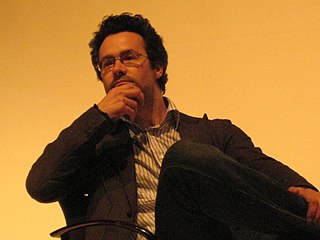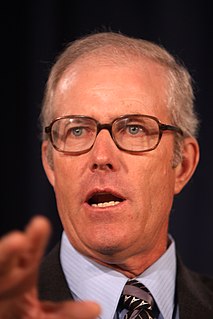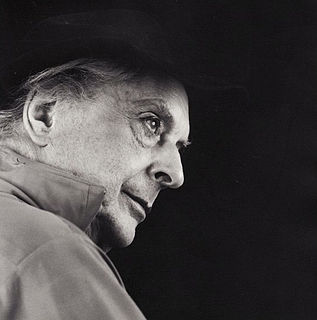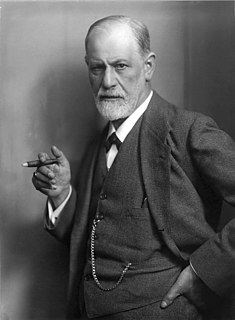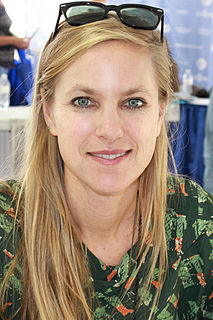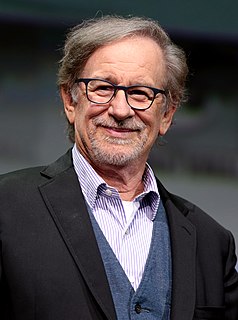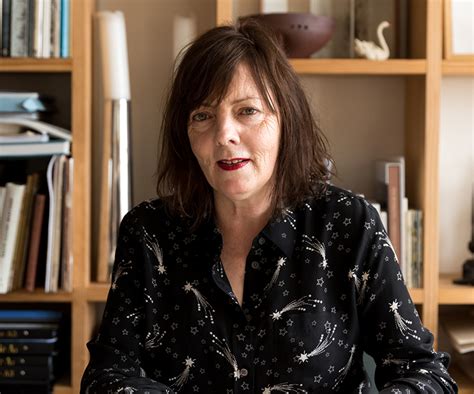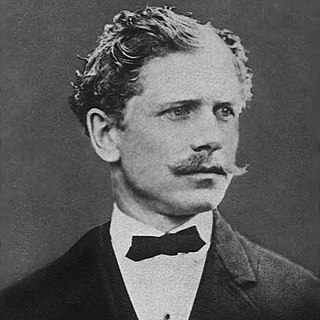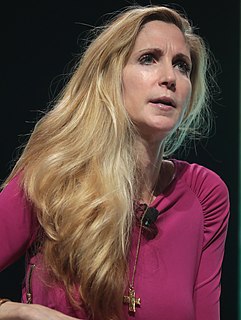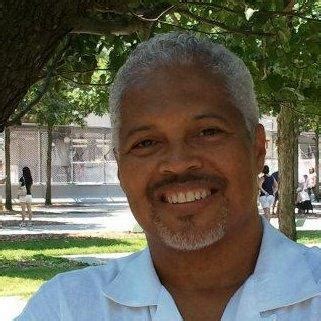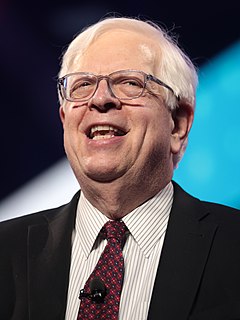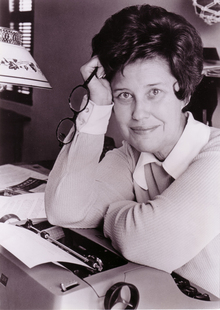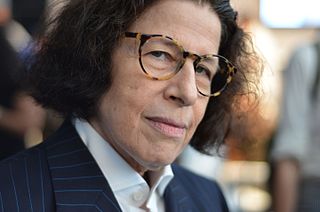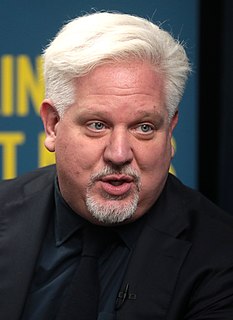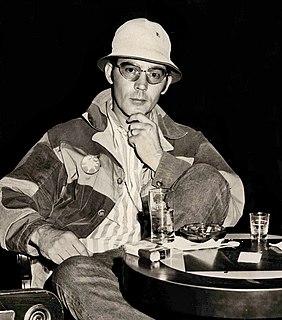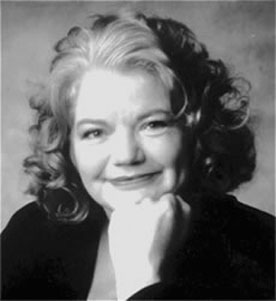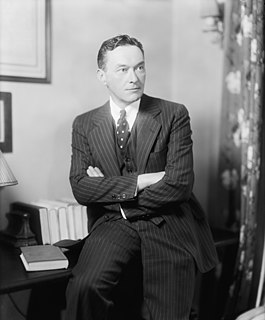A Quote by Clive Thompson
A textbook requires a consistent sense of style and a linear structure, hallmarks of a single authorial presence. An encyclopedia doesn't.
Quote Topics
Related Quotes
Every genuinely literary style, from the high authorial voice to Foster Wallace and his footnotes-within-footnotes, requires the reader to see the world from somewhere in particular, or from many places. So every novelist's literary style is nothing less than an ethical strategy - it's always an attempt to get the reader to care about people who are not the same as he or she is.
There was, in my view, an unwritten contract with the reader that the writer must honour. No single element of an imagined world or any of its characters should be allowed to dissolve on an authorial whim. The invented had to be as solid and as self-consistent as the actual. This was a contract founded on mutual trust.
Think about 'GoodFellas': It could be a textbook on how not to write a screenplay. It leans on voice-over at the beginning, then abandons it for a while, then the character just talks right into the camera at the end. That structure is so unusual that you don't have any sense of what's going to happen next.
To do justice to modern technology's rigid linear structure, to the lofty gridwork of cranes and bridges, to the dynamism of machines operating at one thousand horsepower - only photography is capable of that. What those who are attached to the painterly style regard as photography's defect, the mechanical reproduction of form - is just what makes it superior to all other means of expression.
I think every movie I've made after 'Indiana Jones,' I've tried to make every single movie as if it was made by a different director, because I'm very conscious of not wanting to impose a consistent style on subject matter that is not necessarily suited to that style. So I try to re-invent my own eye every time I tackle a new subject.
There's no linear narrative - the structure is more like a series of variations on a theme (how identity is shaped by language), with the past constantly bleeding into the present, dreams into reality. And the language, while incredibly lyrical in places, also has this underlying dissonance, the sense of it having itself been translated.
